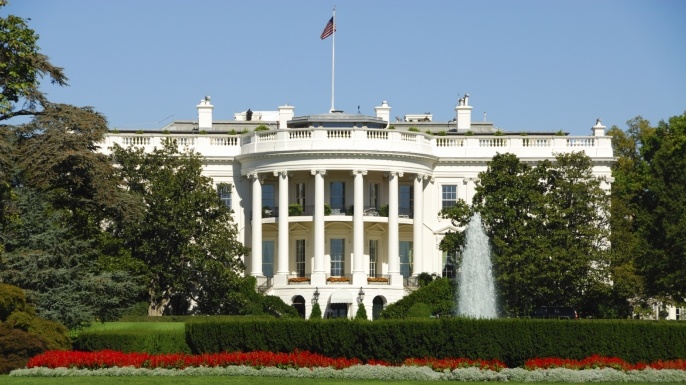
Now just a month into the Trump Administration, the new President has remained consistent with the promises he made on the campaign trail. Of note to the business community, including the advanced energy industry, President Trump has made it clear that he wants to grow the economy through unleashing the American private sector. One element of this strategy is the President’s energy agenda. President Trump’s America First Energy Plan, posted on the White House website on Inauguration Day, provides a window into this agenda. The Plan calls for boosting production of the nation’s oil and gas resources but makes no mention of the advanced energy products and services that are pumping $200 billion into the economy annually and supporting over 3 million U.S. jobs. For an “America First” approach to energy, that is a glaring omission.
At just under 400 words, the White House plan lacks details. It focuses on reducing the regulatory burden on energy production (primarily for shale oil and natural gas) in order to boost domestic energy production. The Administration also sees the unleashing of America’s energy resources, especially those on public lands, as producing revenue to invest in schools, roads, and bridges.
The plan makes no mention of advanced energy technologies, but we make the case that it should. The day after the election, AEE sent a letter to the Trump transition team, noting that the advanced energy industry has the technology and know-how to bring in a new era of secure, clean, affordable energy. Advanced energy should be at the forefront of removing regulatory barriers, improving energy infrastructure, and boosting domestic sources of energy and jobs – all consistent with President Trump’s framework.
To put it another way: An America First energy policy should be built on homegrown American advanced energy.
When it comes to regulatory burdens, AEE knows something about that. Advanced energy technologies face regulatory barriers in the wholesale markets, which the Federal Energy Regulatory Commission (FERC) has recently begun to recognize and address. As AEE noted in recent comments in a FERC proceeding to end rules that deprive energy storage and aggregated distributed energy resources of fair treatment, these barriers prevent advanced energy from competing on the basis of cost. Unfortunately, FERC is unable to finalize the rule without a quorum, consisting of at least three members. FERC is now down to two commissioners, and will be until the President nominates and the Senate confirms at least one more, a process that could take months.
Will an agenda of removing barriers to competition and unleashing the power of advanced energy be supported by the Trump Administration? We have reason to believe it could be.
President Trump’s pick to run the Department of Energy is Rick Perry, the former Governor of a state that relies on competitive markets to meet its electricity needs more than any other state in the country. Texas also makes extensive use of advanced energy technologies in its electric power system. The Lone Star State is a leader in integrating high levels of renewable energy on the grid using advanced energy like demand response and smart grid, as well as enhanced grid operating techniques and weather forecasting. As a result, Texas has a significant advanced energy industry – an advanced energy market of $16 billion annually and nearly 150,000 advanced energy jobs, more than those employed in chemical manufacturing and petroleum refining.
The Texas experience could be a starting point for a truly America First energy policy that opens up markets to homegrown advanced energy. Here’s hoping it will be.
Stay up to date on all advanced energy policy news by subscribing below to our free weekly newsletter!
